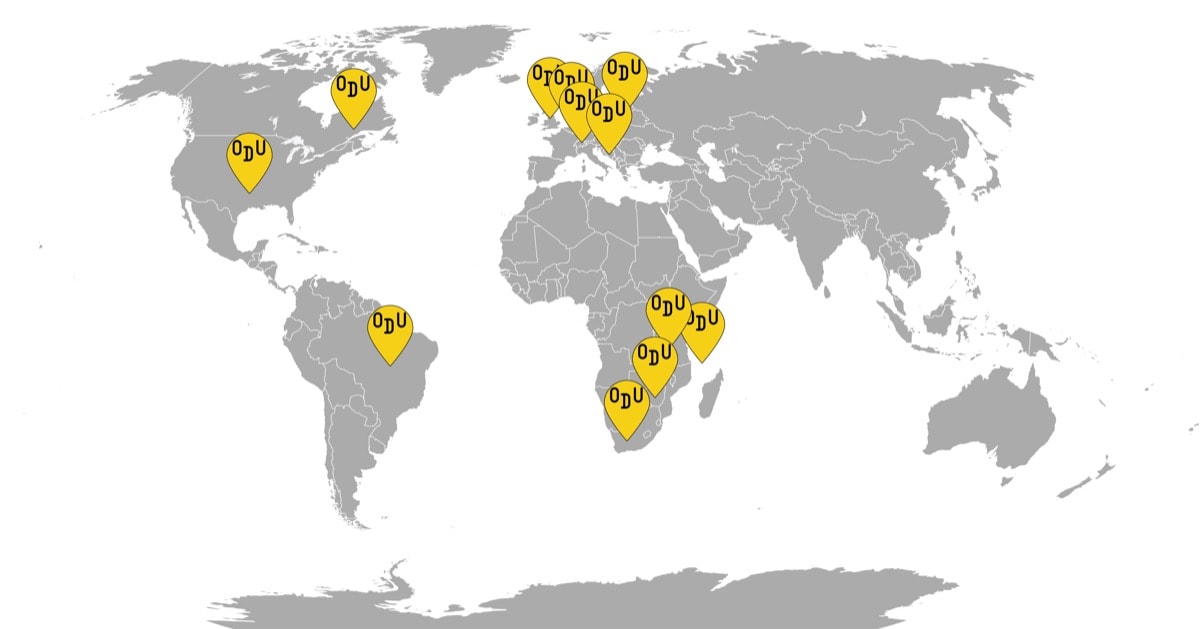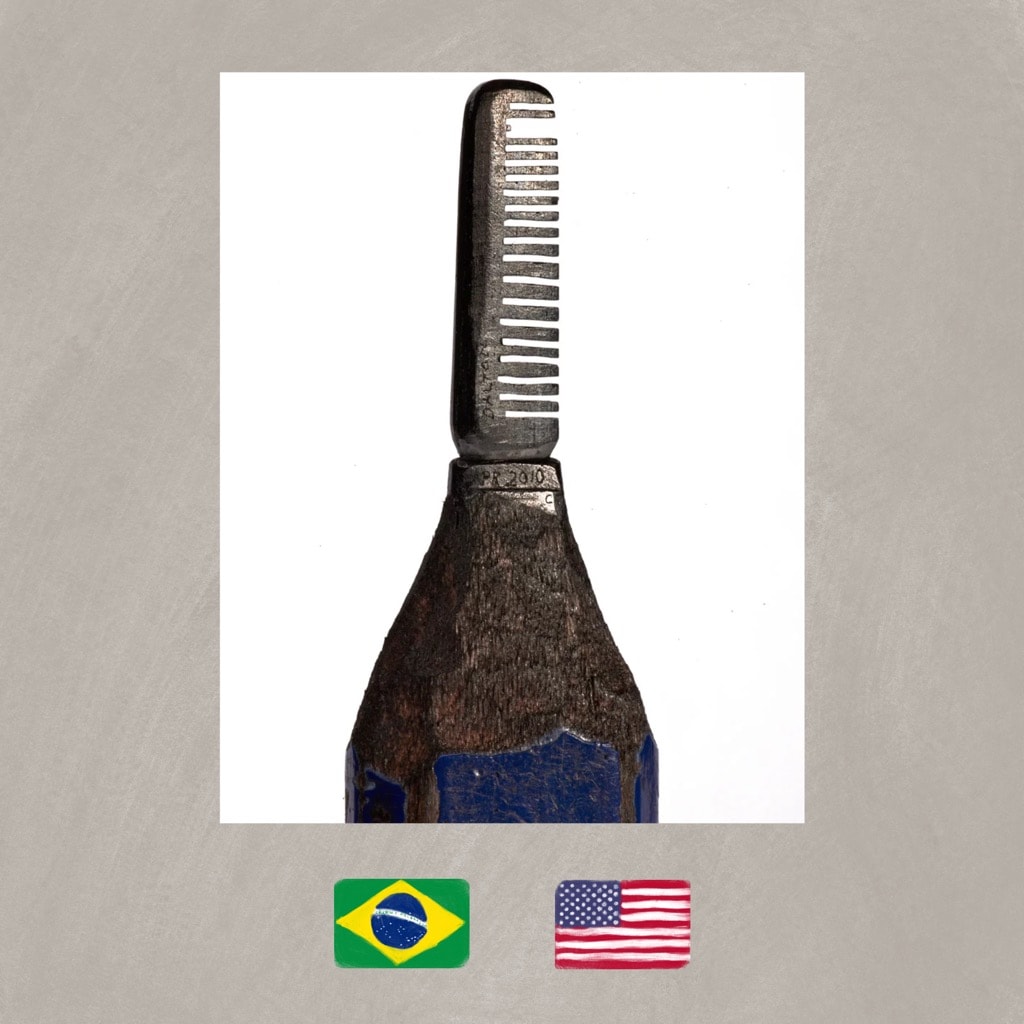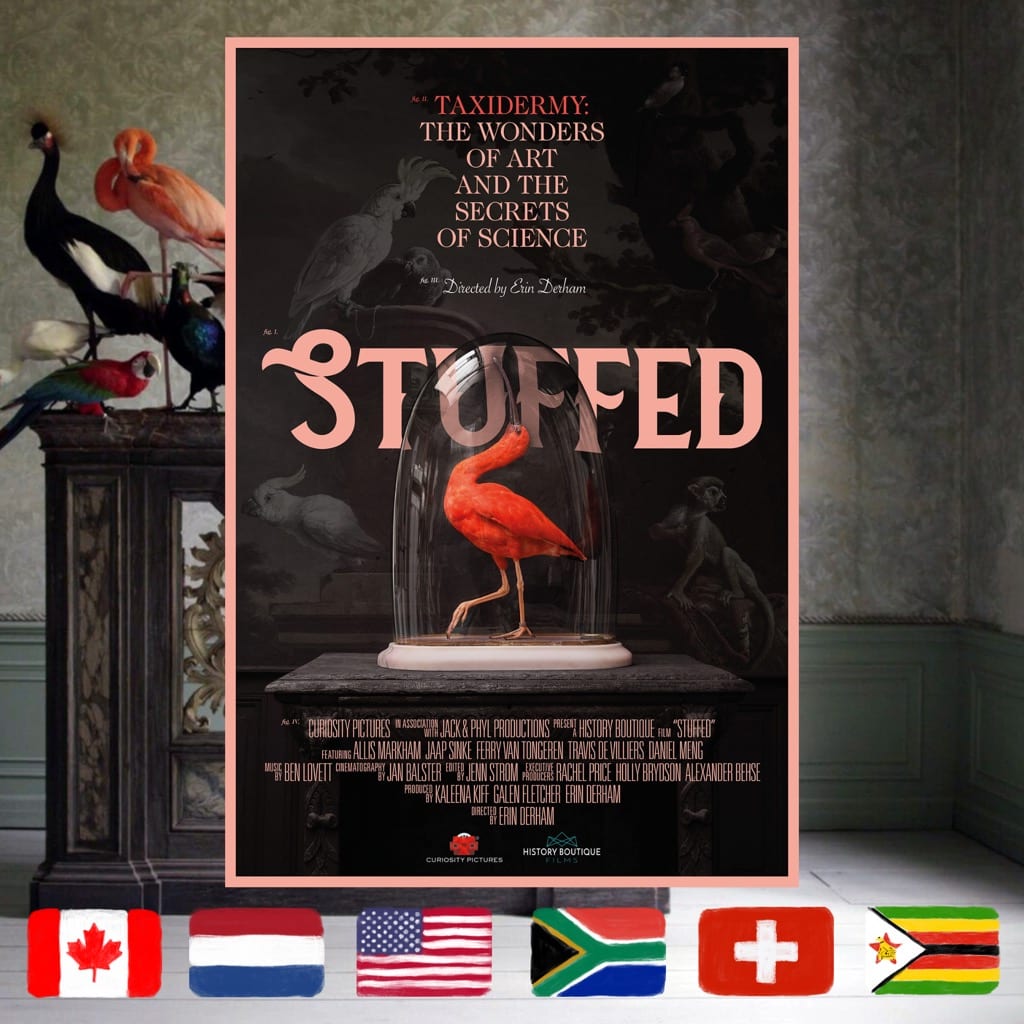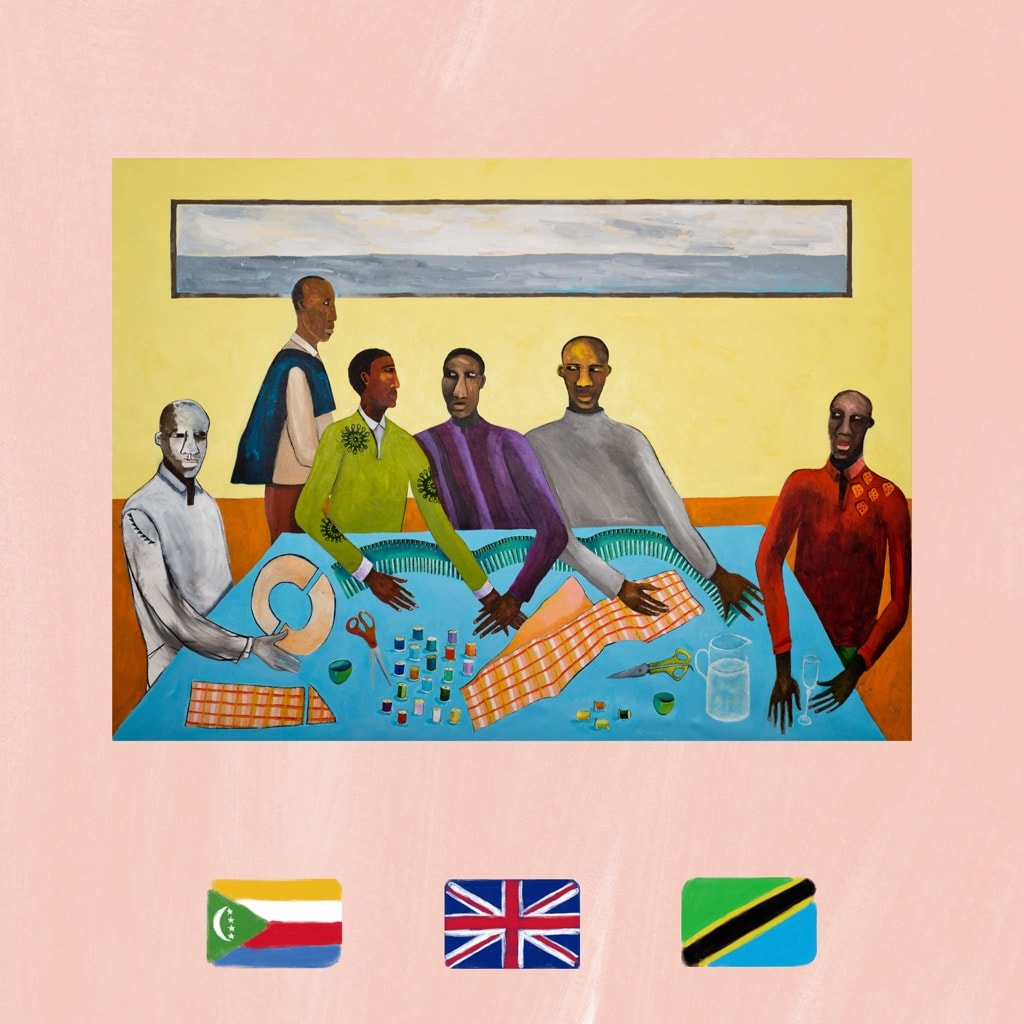How will museums change after the pandemic?
There are some things we don’t miss about visiting museums.
The long lines to get a ticket. The large crowds of tourists. The exorbitant prices for a sandwich at the cafe. The nagging attendants who won’t let you take photos.
But on a higher level, they’re often problematic organizations with fraught histories, with layers of indigenous pain and settler greed behind every object.
And yet, and yet. Are there any other types of places in the world where you can be surrounded by treasures so densely?
And now that we’re deprived of visiting them, and have to make do with perusing collections online, it’s fair to ask: will things ever go back to the way they were with museums?
To answer the question, we decided to simulate the experience of going to the museums, via exploring curiosity cabinets through film and websites. Is it the same? Is it different? Join us and be the judge.
Here is the map of these numerous cabinets:

What’s long fascinated us in museums are displays of medieval craftsmanship. These often unnamed masters were able to carve out whole towns, or folk tale scenes in a piece of bone or wood. Contemporary micro sculptors are the direct descendants of these guys, only they work with graphite, creating masterpieces from pencil tips. Their venues are also different: Instagram, Etsy, online photo galleries that do justice to the minuscule details the naked eye can’t see. We’ve put together a compendium of some of the most remarkable artists of this scene: from the Brazilian master Dalton Ghetti, who started the genre, to a British jeweler, a Bosnian prodigy and an American woman with a saw.
FROM BRAZIL, BOSNIA & HERZEGOVINA, UK and USA:
The art of carving pencil tips produces tiny works with a myriad of complexities, from potent minimalism to the lush wilderness, from pop-culture references to Dali and Banksy
Taxidermy doesn’t get as much appreciation in museums as it used to. When museums were merely private collections of stinking rich individuals, you could always find some dead monkeys propped up next to the looted gold treasure of the ancient civilizations. Taxidermy might not be a thing of institutional importance anymore, but it doesn’t make it any less valuable or admirable. Besides, it can be ethical, enlightened, and gruesomely fun. Two documentaries, one from Lithuania, another made in the US with taxidermists from all over the world, shed light on the people for whom the art of creating an uncanny replica out of a hollowed shell is not a lost art.
FROM LITHUANIA, CANADA, NETHERLANDS, SOUTH AFRICA, SWITZERLAND, USA and ZIMBABWE:
Two woman-made documentaries about people’s relationships with dead animals offer looks on the matter from various parts of the world and across the moral spectrum

Remember the scene in “Black Panther” where Kilmonger stages a museum heist to reclaim African heritage? There are, of course, artists who reexamine the museum spaces in a way that finally offers the black bodies and cultures their well-deserved space. One such artist is Lubaina Himid, one of the founding members of the “Black British Artist” movement. Some of her best-known works, cutout figure installations, once seen at Victoria & Albert’s, are full of post-colonial praxis and pure sass. They challenge every room they’re in and hang heavy, like loaded footnotes, completely reshaping the perspective.
FROM UK, COMOROS and TANZANIA:
The Great Black British Artist and the Fruit of Her Toils—Lubaina Himid
A tireless scholar of the intersection of black identity and labor, visual artist Lubaina Himid creates work that has a lot to teach us about separating the self from production in the current moment
We have a lot of thoughts that will not be resolved until much later when the pandemic is over, and we can address the issue of museums hands on. When we can visit them, gawk around and check-in with ourselves in all frankness.
But what if our attachment to museums is merely a thing of the material past? Where it was presupposed that to understand something, you needed to be near it physically.
Where Mona Lisa’s smile mattered less than the ability to snap a selfie next to it.
And does it matter as much when you can make it into your Zoom background?
Museums and other institutions of culture and learning must expand their online operations. Because whatever people living in places of high culture might feel about it, some don’t have museums in a hundred-mile radius. And online tools are their only way to feel like treasures surround them.
After all, the one positive takeaway from this pandemic will be the emotional knowledge that to be “near” to something, you don’t need to be in the same room.
Hope you enjoy Supamodu and feel compelled to forward this email to your friends.
Thank you for being with us! 💛
— Katya Kazbek,
editor-in-chief













